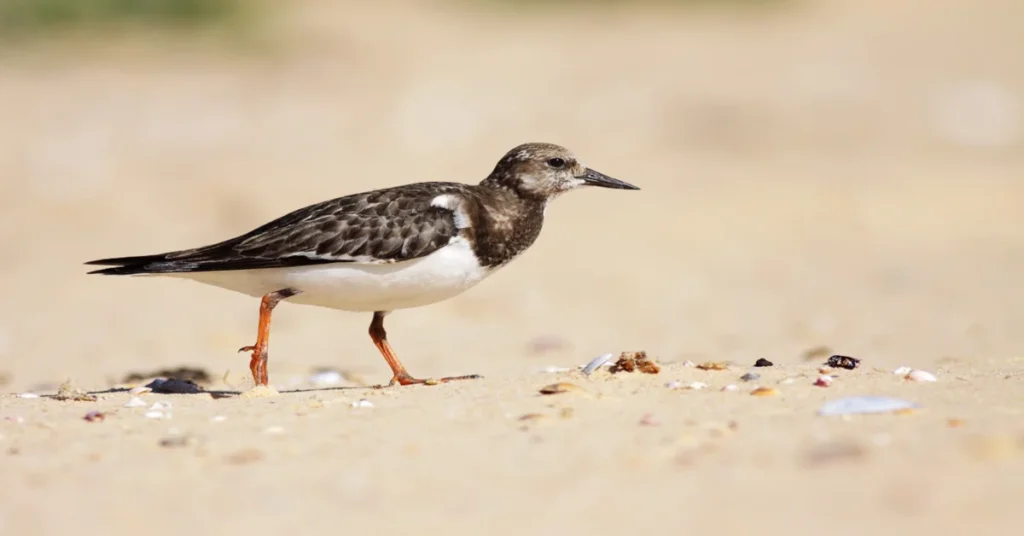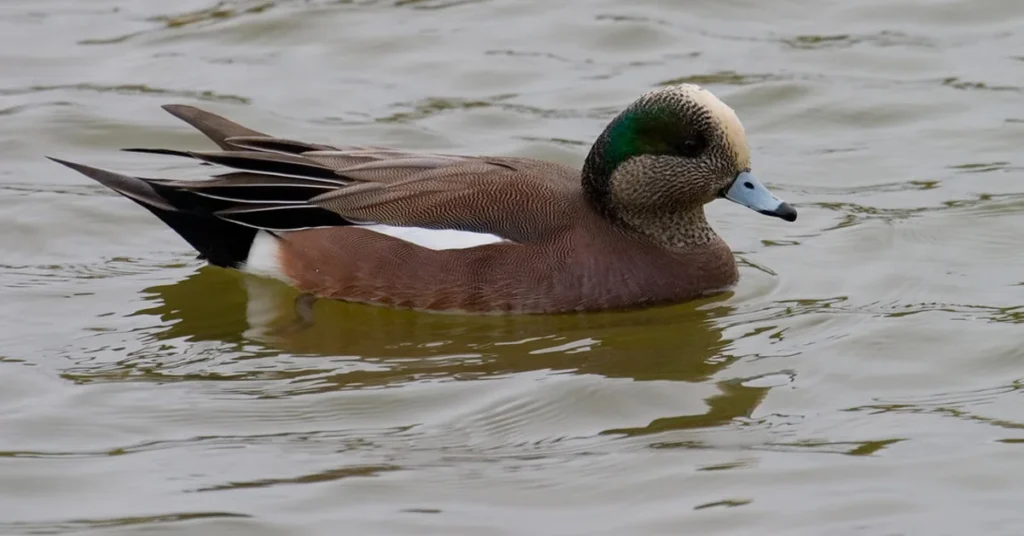Migratory Birds in Florida: Migratory birds are those birds that travel long distances in search of food and suitable habitats in a given time and go to other places to find their new place. These birds often move from one place to another for breeding as well. In today’s post Migratory Birds in Florida, we will discuss about these top 5 migratory birds, which species of Florida birds migrate. Along with this, we will also discuss in which seasons they migrate.
These Florid birds migrate from one continent to another and from one country to another for many reasons other than the above. These birds that change their place for a specific reason and in search of shelter, food and favourable environment are called migratory birds in Florida.
See More: Papuan Harpy Eagles I Facts, Habitat, Classification & Life Span
Top 5 Migratory Birds in Florida
In today’s post about migratory birds in Florida, we will discuss only about top 5 migratory birds in Florida who frequently migrate to maintain the suitability of their life along with habitat, food and breeding and after some days they return to their main place.
List of Top Migratory Birds in Florida
- Anhinga bird
- Ruddy Turnstone
- Greater Scaup
- Northern shoveler
- American Wigeon
01. Anhinga bird
The Anhinga bird, often known as snake bird, darter, American darter or water turkey, is one of the aquatic birds of the warm parts of America. Its name Anhinga comes from the Brazilian Tupi language anhinga and means “devil bird” or “snake bird”.

These birds live underwater and search for their prey inside the water for about 6-7 minutes and catch their prey with the help of their strong beak.
- Scientific Classification of Anhinga Birds
- Domain: Eukayodata
- Kingdom: Animalia
- Phylum: Chordata
- Class: Aves
- Order: Suliformes
- Family: Ahingidae
- Genus: Anhinga
- Species: Anhinga Anhinga
- Features:
- Scientific Name: Anhinga Anhinga
- Conservation status: Least Concern (Population decreasing)
- Mass: 1.1 kg (Adult)
- Diet: Fishes
- Habitat: Marshes
- Average Length (Lump-sum): 89 cm
- Lifespan: Maximum 16 Year
02. Ruddy Turnstone
The Ruddy Turnstone is a small and beautiful cosmopolitan marsh bird, one of two species of turnstones in the genus Arenaria. However, after much research, it has been placed in the sandpiper family Scolopacidae, although earlier it was sometimes placed in the plover family Charadriidae. These birds are very small as well as very beautiful.

- Scientific Classification of Ruddy Turnstone
- Domain: Eukayodata
- Kingdom: Animalia
- Phylum: Chordata
- Class: Aves
- Order: Charadriiformes
- Family: Scolopacidae
- Genus: Arenaria
- Species: A. interpres
- Features:
- Scientific Name: Arenaria Interpres
- Conservation status: Declining.
- Mass: 80g to 190g
- Diet: Aquatic Invertebrates.
- Habitat: Shorelines.
- Average Length : 24 cm
- Lifespan: Upto 19 Years.
03. Greater Scaup

The Greater Scaup, often called the Scaup in Europe and colloquially “Bluebill” in North America, is a medium-sized diving duck species, larger than its cousin the Lesser Scaup. The birds migrate to Alaska, northern Canada, Siberia and the northernmost parts of Europe to breed during the summer months, as these areas are conducive to breeding.
- Scientific Classification of Greater Scaup
- Domain: Eukaryota
- Kingdom: Animalia
- Phylum: Chordata
- Class: Aves
- Order: Anseriformes
- family: Antidae
- Genus: Aythya
- Species: Aythya Marila
- Features:
- Scientific Name: Aythya Marila
- Conservation status: Least Concern (Population decreasing)
- Mass: 930g (Adult)
- Diet: Omnivore
- Habitat: Marshes.
- Average Length : 48 cm
- Lifespan: Upto 22 Years.
04. Northern shoveler

The Northern Shoveler bird (Spatula clypeata), known simply as the Shoveler in some areas of Britain, breeds in northern Europe and much of the Palearctic, North America and winters in southern Europe, the Indian subcontinent, Southeast Asia, Central America, the Caribbean and northern South America.
- Scientific Classification
- Domain : Eukaryota
- Kingdom: Animalia
- Phylum: Chordata
- Class: Aves
- Order: Aseriformes
- Family : Anatidae
- Genus: Spatula
- Species: Spatula Clypeata
- Features:
- Scientific Name: Spatula clypeata
- Conservation status: Least Concern (Population decreasing)
- Mass: 610g
- Diet: Aquatic Invertebrates.
- Habitat: Lakes and ponds.
- Average Length : 55 cm
- Lifespan: Upto 13 Years.
05. American Wigeon

The American Wigeon, often known as the Baldpate, is a species of dabbling duck found in North America. Earlier research classified it as Anas, but this species of bird has been classified with other wigeons in the dabbling duck genus Mareca.
- Scientific Classification of Greater Scaup
- Domain : Eukaryota
- Kingdom: Animalia
- Phylum: Chordata
- Class: Aves
- Order: Aseriformes
- Family : Anatidae
- Genus: Mareca
- Species: Mareca Americana
- Features:
- Scientific Name: Mareca Americana
- Conservation status: Low concern.
- Mass: 930g
- Diet: Plants.
- Habitat: Lakes and ponds.
- Average Length : 59 cm
- Lifespan: Upto 2 to 3 Years.
Why do Birds Migrate
Migratory birds migrate for a variety of reasons, including traveling long distances across continents and oceans to breed, forage, and find natural habitats. Here are some of the main reasons birds migrate:
- Seasonal Resources: Birds migrate from one place to another in search of seasonal resources such as suitable food, natural habitat and favourable sites to breed successfully.
- Warmer Climates: Some species of birds migrate to warm and tropical regions and continents to escape the cold weather, where there is abundant food available for them and their children. There they make their nests and take care of their children.
- Navigational Cues: Birds use a variety of techniques to navigate their migration routes using their impressive senses. These include physical landmarks, the Sun, stars, the Earth’s magnetic field, and they also follow the migration techniques and skills of other migratory birds.
- Epic Journeys: Some migrations show a truly amazing skill, with birds flying thousands of miles to migrate. For example, the Arctic Tern travels more than 40,000 miles in search of better and cooler food, natural habitat, and favorable conditions.
FaQs of Migratory Birds in Florida
Do any birds migrate to Florida?
Bird species often migrate to warmer regions in search of food and to escape the cold, which provides them with abundant food as well as good nesting sites.
What birds go to Florida in the winter?
Five of these birds can be seen migrating during the winter in Florida, of which u003cstrongu003eAnhinga bird, Ruddy Turnstoneu003c/strongu003e, u003cstrongu003eGreater Scaupu003c/strongu003e, Northern shoveler, American Wigeon are.
Name 5 migratory birds which migrate frequently?
u003cstrongu003eAnhinga bird, Ruddy Turnstoneu003c/strongu003e, u003cstrongu003eGreater Scaupu003c/strongu003e, Northern shoveler
https://bytica.net/migratory-birds-in-florida/
